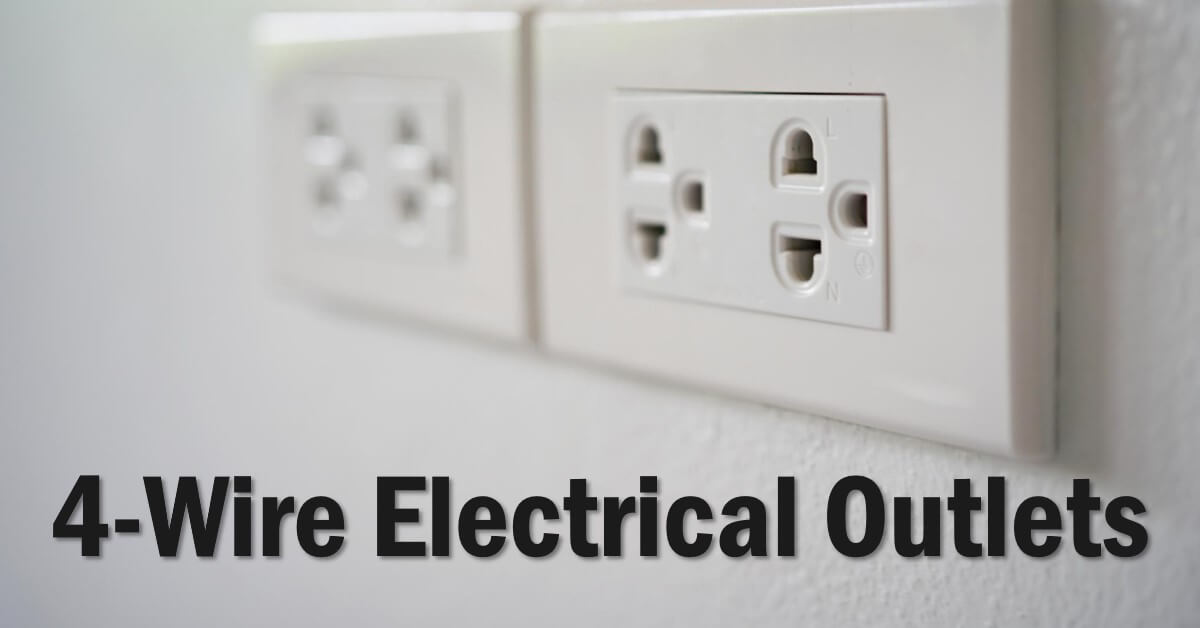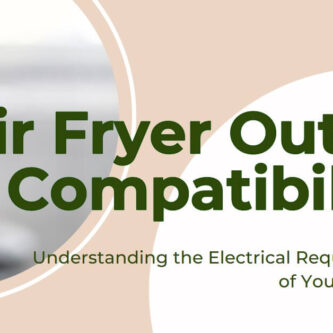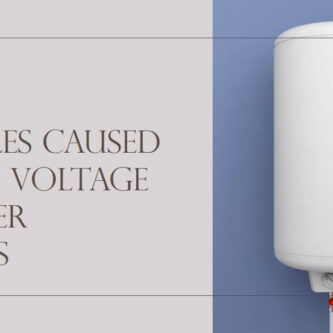Image: “Article Feature Image” by Bing is licensed under CC BY-NC-SA 4.0. Source: Bing Graphic Art. License: CC BY-NC-SA 4.0.
Have you ever looked at an electrical outlet and wondered why it has four wires? Electrical outlets may seem simple, but they are actually quite complex devices that play a critical role in the safe distribution of electrical power throughout your home.
The short answer is that the 4 wires in electrical outlets are necessary for the safe and proper distribution of electrical power.
- The ground wire provides a path for electrical current to flow to the ground in case of a fault.
- The neutral wire completes the electrical circuit.
- The hot wire provides power to the device.
- The fourth wire (in some outlets) is used for split-circuit wiring.
In this article, we will explore the four wires found in electrical outlets and why they are necessary.
Ground Wire
The first wire found in most electrical outlets is the ground wire, which is typically green or bare copper.
The ground wire is a safety feature that provides a path for electrical current to flow to the ground in the event of a short circuit or another electrical fault.
Without a ground wire, the electrical current could build up and cause electrical shock or fire.
How does the ground wire work? When an electrical device is plugged into an outlet, the ground wire is connected to the device’s metal casing.
If there is a fault in the device’s wiring that causes the metal casing to become energized, the ground wire provides a low-resistance path for electrical current to flow to the ground. This effectively prevents the user from being electrocuted.
Read also my article: Electrical Danger: Ground Wire Meets Hot Wire.
Neutral Wire
The second wire found in most electrical outlets is the neutral wire, which is typically white or gray.
The neutral wire provides a return path for electrical current and is necessary for the proper functioning of many electrical devices.
Without a neutral wire, the electrical circuit would not be complete, and the device would not work.
How does the neutral wire work? When an electrical device is plugged into an outlet, the neutral wire is connected to the device’s electrical circuit.
Electrical current flows from the circuit through the device and back to the circuit through the neutral wire. This completes the electrical circuit and allows the device to function properly.
Hot Wire
The third wire found in most electrical outlets is the hot wire, which is typically black or red. The hot wire carries the electrical current from the circuit breaker to the outlet, providing power to the connected device.
Without a hot wire, the device would not receive any power and would not work.
How does the hot wire work? When an electrical device is plugged into an outlet, the hot wire is connected to the device’s electrical circuit.
Electrical current flows from the circuit through the hot wire and into the device, providing power.
The hot wire is typically connected to a circuit breaker, which is designed to interrupt the flow of electrical current in the event of an overload or other electrical fault.
Read my comprehensive article: Why You Can Touch a Hot Wire Without Getting Shocked.
Split-Circuit Wiring
In some cases, you may notice a fourth wire in an electrical outlet, which is typically red or black. This wire is often used in split-circuit wiring, where the top and bottom outlets of a duplex receptacle are powered by separate circuits.
Split-circuit wiring is commonly used in kitchens and other areas where multiple high-power devices may be used at the same time.
How does split-circuit wiring work? In split-circuit wiring, the top and bottom outlets of a duplex receptacle are connected to separate circuits.
This allows high-power devices, such as blenders or microwaves, to be used simultaneously without overloading the circuit.
The red or black wire is typically connected to the circuit breaker for the second circuit, providing power to the top outlet.
Conclusion
In conclusion, electrical outlets have four wires for a variety of reasons related to safety and functionality.
The ground wire provides a path for electrical current to flow to the ground in the event of a fault, while the neutral wire completes the electrical circuit and allows devices to function properly.
The hot wire provides power to the device, and the fourth wire in some outlets is used for split-circuit wiring.
you work With Electricity! Don’t leave empty-handed!
Looking to stay ahead of the game in the world of electrical engineering? Subscribe to my YouTube channel and gain access to exclusive content you won’t find anywhere else!
The staff I recommend (Amazon Affiliate Links to products I believe are high quality):
- Economy 120 Volt/60Hz AC Power Source – Step-Down Voltage & Frequency Converters 1800W
- UNI-T Digital Multimeter Tester UT139C
- 50-Amp Extension Cord for RV “100ft”
- Voltage Stabilizer 110/220v
- Hair Dryer “best selling“
- TOSHIBA EM131A5C-BS Countertop Microwave Ovens
Disclaimer: This contains affiliate links to Amazon products. I may earn a commission for purchases made through these links.






